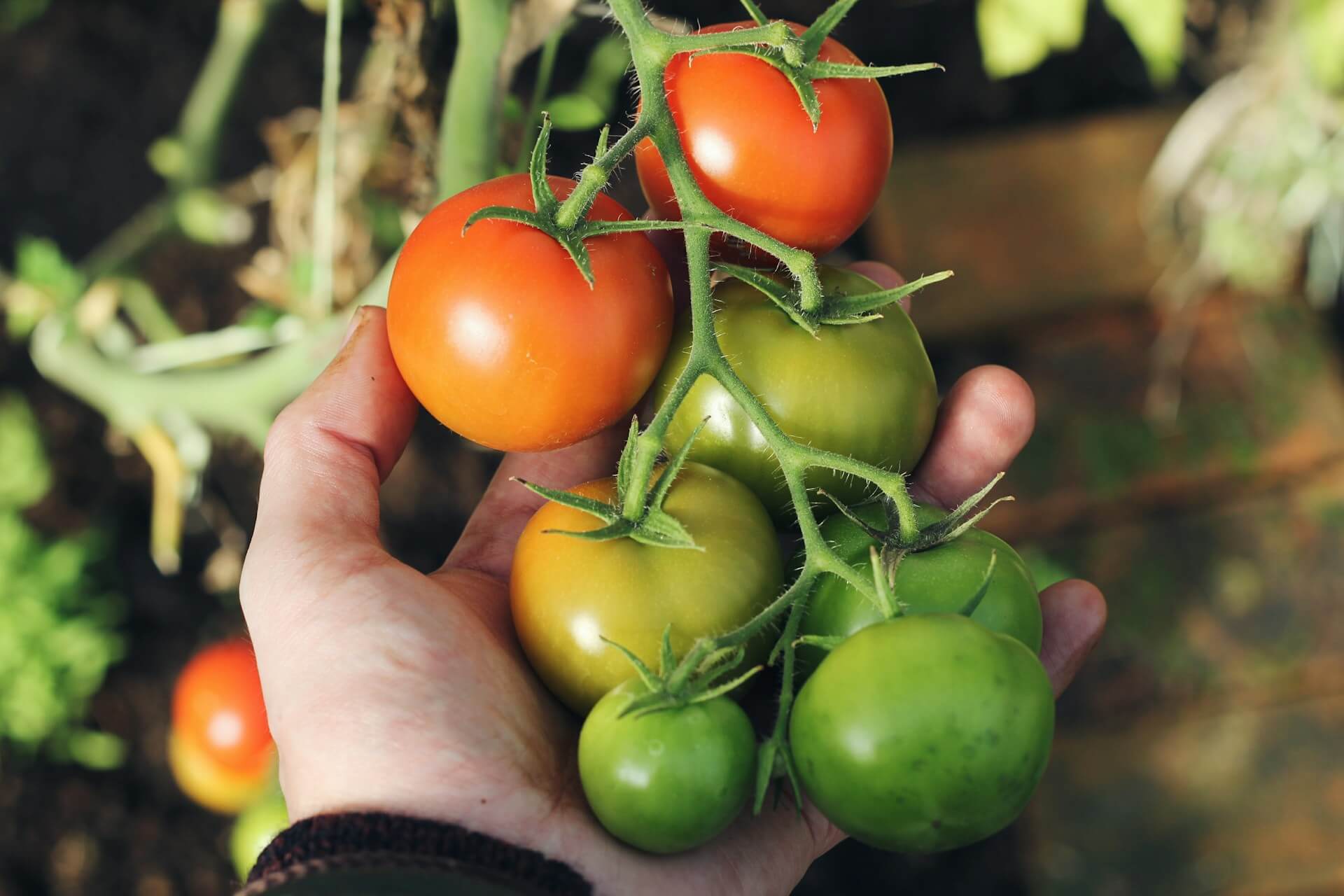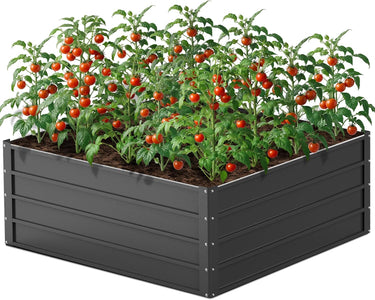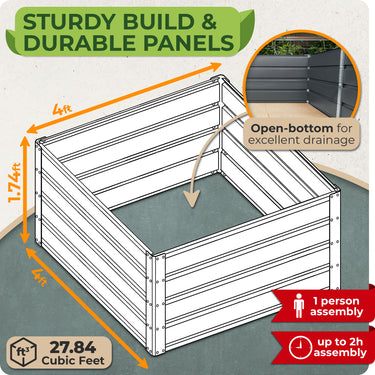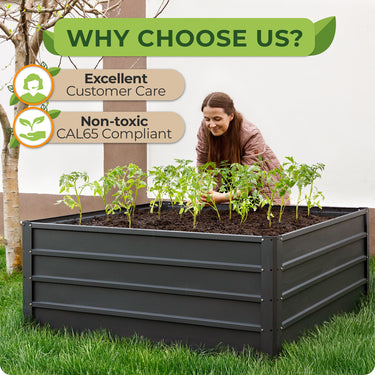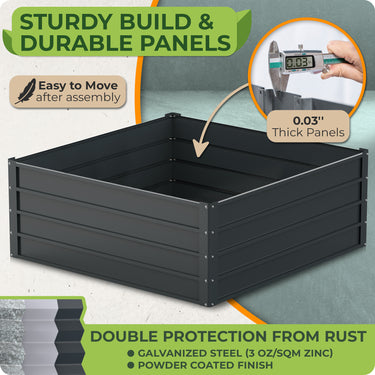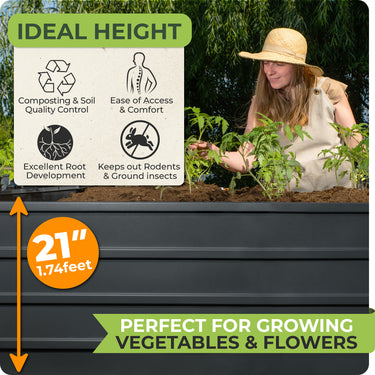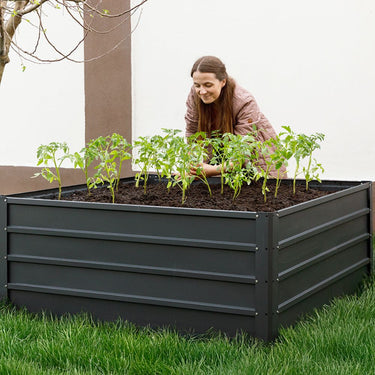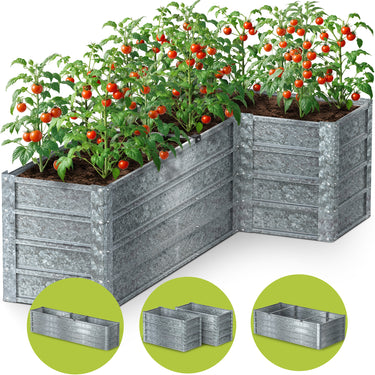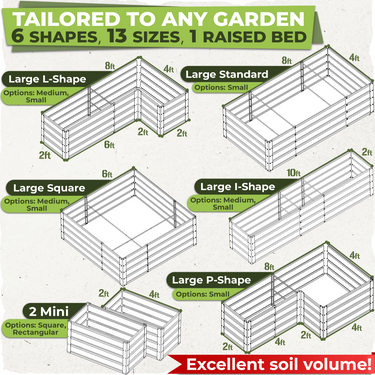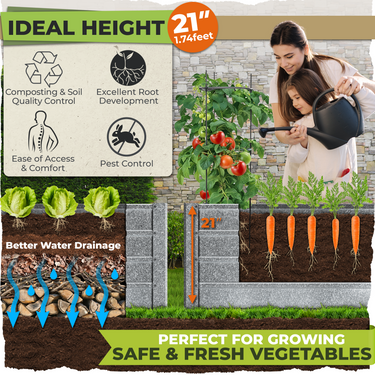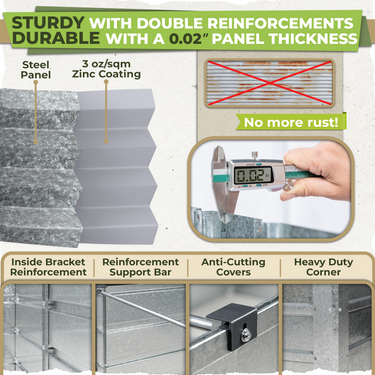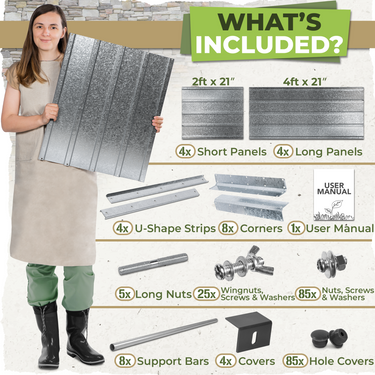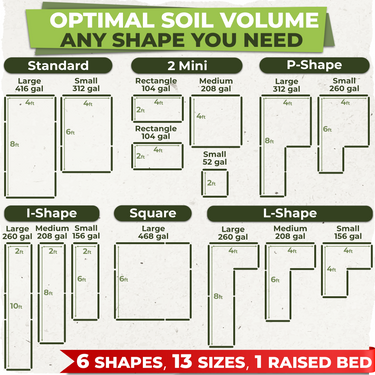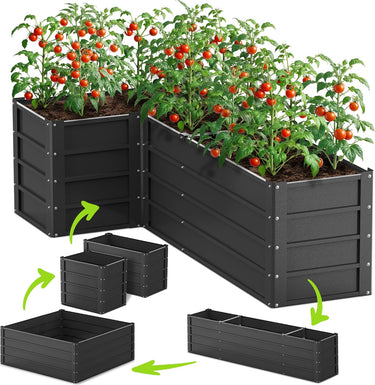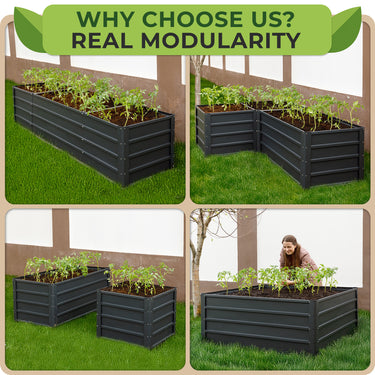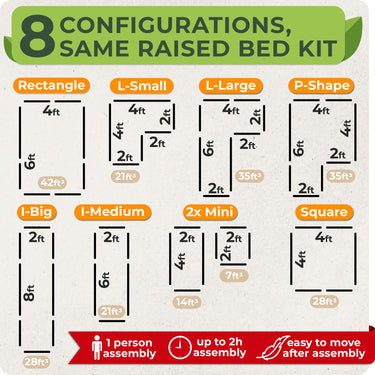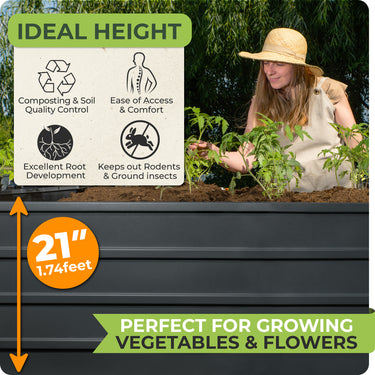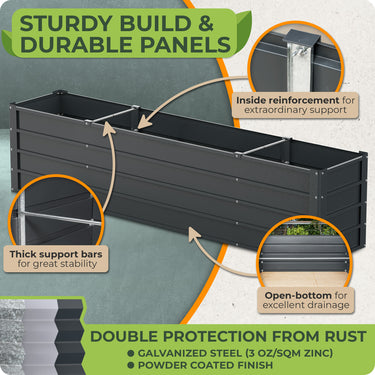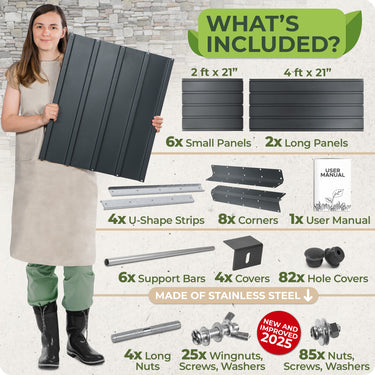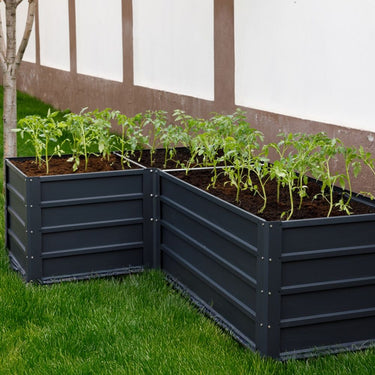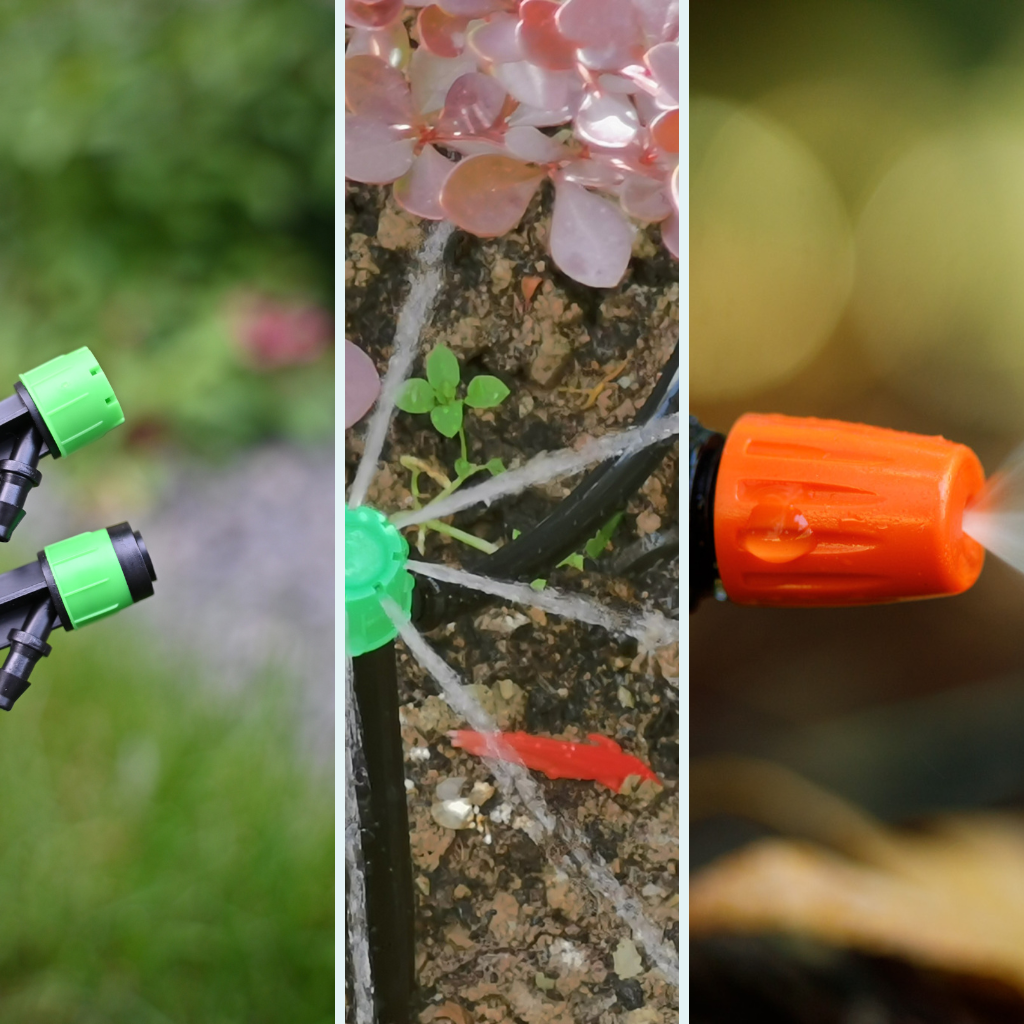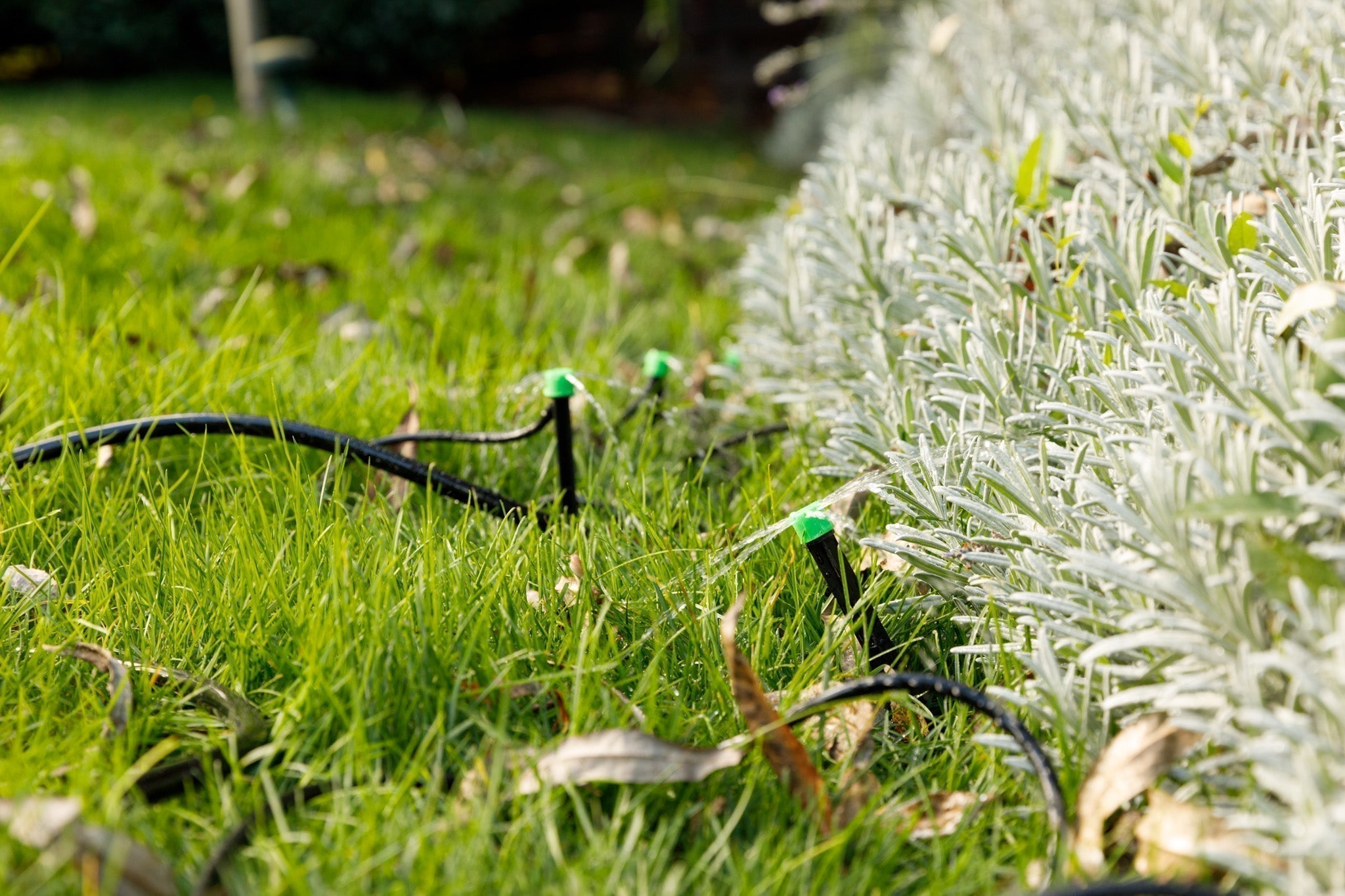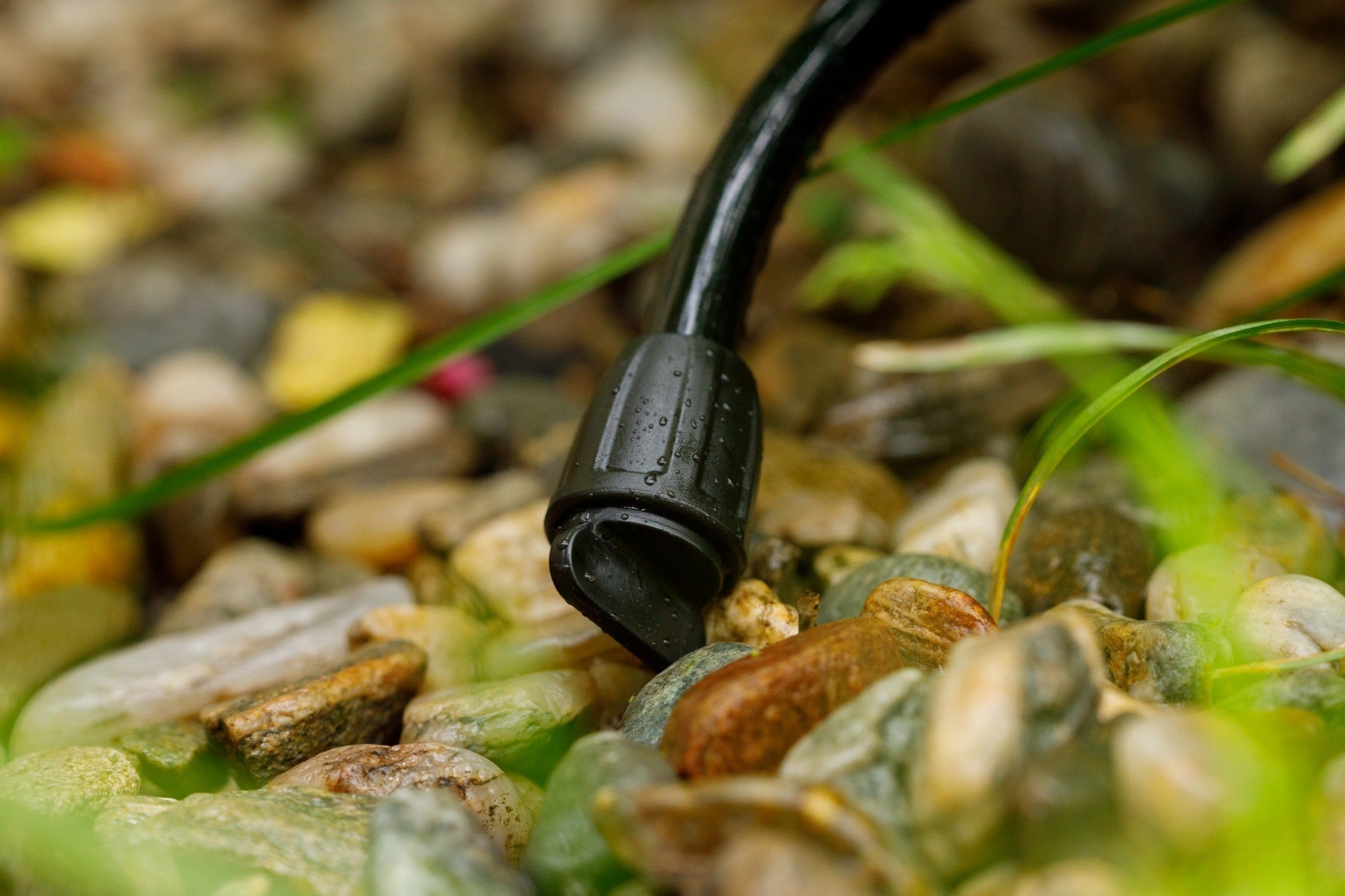
Pruning helps keep your plants healthy, promotes better airflow, and improves fruit production. If done correctly, it can also prevent disease and improve the overall yield of your tomatoes. Let's dive into the essentials of pruning tomato plants, and get ready to boost your harvest!
-
🧰To successfully prune tomato plants, it's crucial to use the right tools, such as sharp pruning shears or scissors, and to keep them clean and disinfected.
-
🗓️Prune tomato plants early in the growing season, regularly throughout, and avoid pruning too late to prevent stressing the plant.
-
🍃Focus on removing suckers, dead or diseased leaves, and excessive growth to allow better airflow and stronger fruit production.
-
🌦️Avoid over-pruning, making incorrect cuts, and failing to disinfect your tools. Also, never prune in wet weather, as this can spread disease.
Table of Contents
- ✂️Getting started with the right tools
- 🪴When to prune tomato plants
- 🌱Techniques for effective pruning
- 🌾Remove suckers early in the season
- 🍂Trim dead or diseased leaves
- 🌿Cut back long vines
- 🌲Focus on the lower branches
- 🚫 Common mistakes to avoid
- 🥵Avoid over-pruning
- ⚠️Cutting in the wrong place
- 🦠Not using clean tools
- 🌧️Pruning during wet weather
- 👎Ignoring the plant's needs
- 💧Tips for maximizing tomato yield
✂️Getting started with the right tools
🪚What tools are necessary?
Before you begin pruning, having the right tools is essential. Pruning shears or scissors should be sharp and clean to ensure a smooth cut without damaging the plant. You can also use a small pruning saw for thicker stems.
🧤Use gloves
Pruning may seem like an easy task, but sometimes tomato plants have sharp thorns or stems that can cause irritation. A good pair of gardening gloves will protect your hands and allow you to work more comfortably. Moreover, if you’re working in raised garden beds, gloves will also protect you from any potential rough edges on the bed’s structure.
🚿Keep tools clean and sharp
Ensure that your tools are regularly cleaned and sharpened. A dull or dirty tool can create jagged cuts that are harder to heal, leaving the plant susceptible to infections.
🧑🌾Consider a safety gear
While pruning tomato plants, make sure you’re wearing appropriate safety gear, like long sleeves, especially if you're working in a greenhouse or hot climate. This will prevent scratches and irritations from the plants.
🪴When to prune tomato plants
🌤️Start early in the season
The growing season for tomato plants typically starts in spring and extends through summer, depending on the climate in your region. Therefore, the best time to prune tomato plants is from March to early May in many regions. Begin by removing any dead or diseased leaves and stems. This will encourage the plant to focus its energy on growing strong, healthy branches rather than wasting resources on damaged parts.
🛠️Prune regularly
Regular pruning throughout the season will help maintain healthy growth. Once the plant starts growing rapidly, make sure to remove any suckers and crowded stems to allow better airflow and prevent disease. Additionally, drip irrigation can help keep your plants hydrated efficiently, preventing overwatering and minimizing stress on the plant.
🍃Avoid pruning too late
Pruning too late in the growing season can stress the plant, potentially reducing fruit production. Aim to prune early enough that your tomato plant can recover before the growing season ends.
🌞Prune during dry weather
Prune your tomato plants during dry weather to avoid spreading fungal infections. Wet conditions can create an ideal environment for disease, so try to time your pruning on a sunny, dry day.
🌱Techniques for effective pruning
🌾Remove suckers early in the season
Suckers are small shoots that emerge between the stem and the branches of your tomato plant. While they can become new stems, removing them early helps the plant focus its energy on producing fruit, rather than excessive foliage.
🍂Trim dead or diseased leaves
Always remove any leaves that are yellowing, damaged, or diseased. This allows the plant to put more energy into the healthy parts of the plant and prevents the spread of disease. If you are using planters or nursery pots, make sure the roots aren’t stressed or overcrowded, as pruning will also give them room to grow more vigorously.
🌿Cut back long vines
If your tomato plant has long, sprawling vines, trim them back to promote a more manageable and structured plant. This also helps with air circulation, which is vital for disease prevention.
🌲Focus on the lower branches
Cut off lower branches that are close to the ground. These branches are often the first to show signs of disease, and removing them ensures the plant focuses its energy higher up, where fruit is being produced.
🚫 Common mistakes to avoid
🥵Avoid over-pruning
Pruning too aggressively can damage the plant and stunt its growth and leaves the plant vulnerable to environmental stress. Be sure to only remove what is necessary to improve airflow and encourage fruit production.
⚠️Cutting in the wrong place
Make sure to always cut above a leaf or branch node. Cutting too far down the stem can cause unnecessary damage to the plant, which may not heal properly.
🦠Not using clean tools
Failing to clean your tools between plants can spread disease, so it’s important to disinfect them after each use. Neglecting this step can lead to bigger problems down the line.
🌧️Pruning during wet weather
Pruning during damp or rainy weather increases the chances of spreading fungal infections. Always prune your tomato plants during dry, sunny days to keep them as healthy as possible.
👎Ignoring the plant's needs
Different tomato varieties have different pruning needs. Be sure to research the specific variety you're growing and adapt your pruning method to suit it.
💧Tips for maximizing tomato yield
⬆️Prune to promote vertical growth
Encourage your tomato plants to grow upwards rather than outwards by pruning in a way that promotes vertical growth. Using stakes or cages to support the plant while pruning can help the plant conserve space and energy, allowing it to focus on producing fruit rather than spreading out. This approach is especially beneficial for smaller garden spaces.
☀️Remove excess foliage for better sun exposure
One of the key ways to maximize yield is by ensuring that your tomato plants get plenty of sunlight. Trim excess foliage, especially around the center of the plant, to expose more of the branches to sunlight. In this case, it’s recommended to use raised garden beds, because the elevated position often allows for better sunlight penetration. This will help the plant photosynthesize better, leading to healthier growth and increased fruit production.
🌬️Prune regularly to maintain airflow
By regularly trimming off dead leaves, branches, and excess foliage, you'll ensure that your tomato plants have the airflow they need. This helps to reduce the risk of fungal infections and ensures the plant is able to direct its energy toward producing fruit rather than maintaining unnecessary leaves.
🥬Keep the plant's base clean
Keeping the base of the plant clean by removing any fallen leaves or debris is essential for preventing pests and diseases from taking hold. It also allows the plant's roots to access more nutrients, which can result in a more abundant harvest.
📅Time your pruning for maximum yield
The timing of your pruning is just as important as the technique. Pruning too late in the season can reduce the plant's energy and stress it out. However, strategic pruning early in the growing season ensures that the plant can direct its energy toward producing tomatoes.
Pruning your tomato plants is an essential practice for healthy growth and bountiful fruit production. Keep in mind the common mistakes to avoid, and your tomato garden will flourish! 😊


